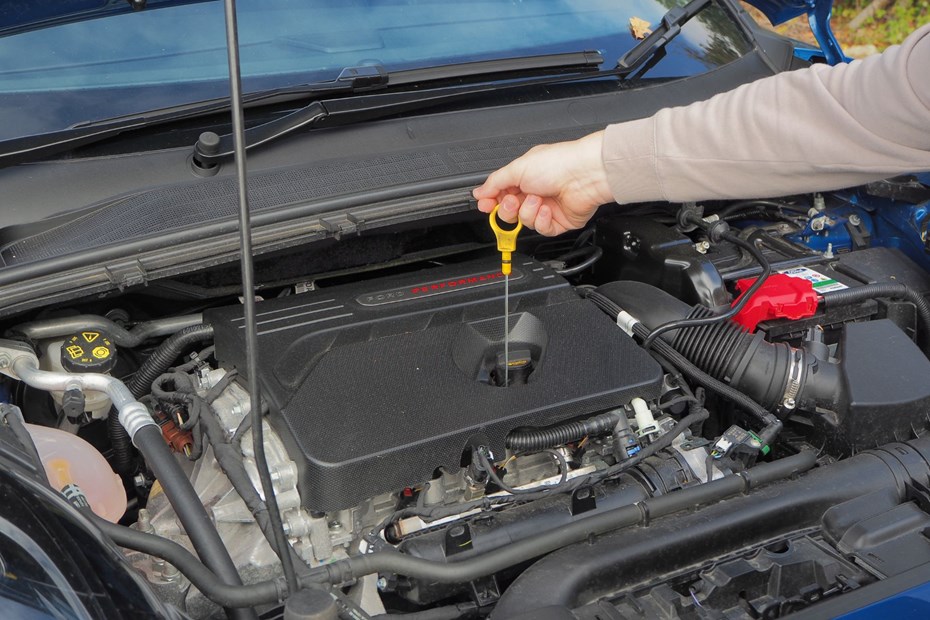Perhaps it’s a desire to know more about your car – not necessarily to a mechanical engineer’s level, but enough to cover the basics. Or perhaps you simply like doing things yourself and having the kit. Either way, becoming your car’s GP is now very easy.
Here’s a combined guide for the items you need and how to attend to the basic maintenance of your car. We begin by covering the basics: tyres, the battery, oil, coolant, windscreen wipers and washer fluid, and additives for diesel engines. Then for the more ambitious, we delve into headlights and filters.
Jump to:
1. Tyres
2. Car battery
3. Oil
4. Coolant
5. Windscreen wipers and washer fluid
7. Headlights
8. Filters
Tyres
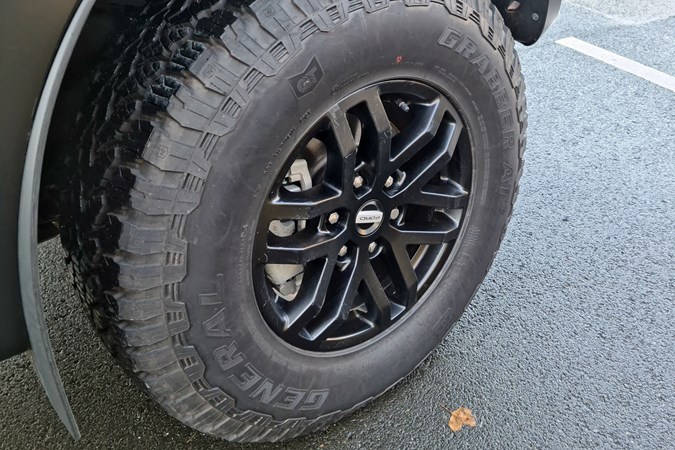
Often overlooked but fundamental to the wellbeing of your vehicle. We like having good shoes and so do cars. There are three checks you need to make on tyres and they are all straightforward: condition, tread depth, and tyre pressure.
First is to simply use your eyes and check the state of the tyres, making sure there are no scrapes, or tears, or any significant damage.
The second check is tread depth. The legal minimum is 1.6mm, but if the tyres are worn below 3mm you might want to think about getting them replaced. It is after all, your safety. The car itself, for all its personality, is still inanimate. In order to check tread depth, you can get a fancy digital gauge but that isn’t necessary. We recommend something simple and functional like the AA’s Tyre Safety Kit. It gives you what you need plus a tyre pressure gauge which is handy because that is number three in the tyre check.
If your tyres are a bit bald then get them replaced with decent substitutes. However, if they are just a bit deflated, get the tyres back to the correct pressure with a small but effective inflator would be useful. We recommend the Ring RTC2000 is a very reputable option for topping up tyres. For the old-school there is still the foot pump option. For a comprehensive list, check out our roundup of the best tyre inflators.
Car battery
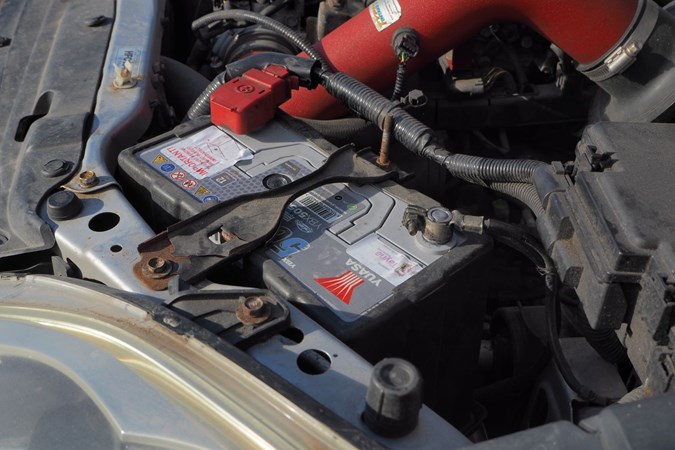
Under the bonnet, your car’s battery is also something that you can keep healthy without much hassle, just the willingness to remember that it needs checking every so often. Apart from new batteries usually being pricey, having a flat battery is incredibly irritating. Therefore, keeping car batteries in good condition saves money and frustration. For the same reason, it’s worth investing in a quality car battery, it’s worth investing in a quality battery charger.
One of our favourites is the CTEK MXS 5.0. It’s a dependable model from a highly reputable company that makes simple, robust chargers that also work to condition your car battery as well as charge it. For more options and information on battery chargers that will also recondition your car battery, read our full guide to smart battery chargers. If you’ve got to the point where your car is in need of a new battery, save yourself some time and head to our list of best car batteries.
Sometimes your car can suffer from a flat battery because it’s been used with the air conditioning while off, for example. It may also be worth your while investing in a jump starter. These little devices are getting ever smaller and efficient and can act as a regular power bank for devices too. Our current favourite is the GBX45 from NOCO – a highly robust, compact and effective jump starter. Read our full guide on jump starters for more information and options.
Oil
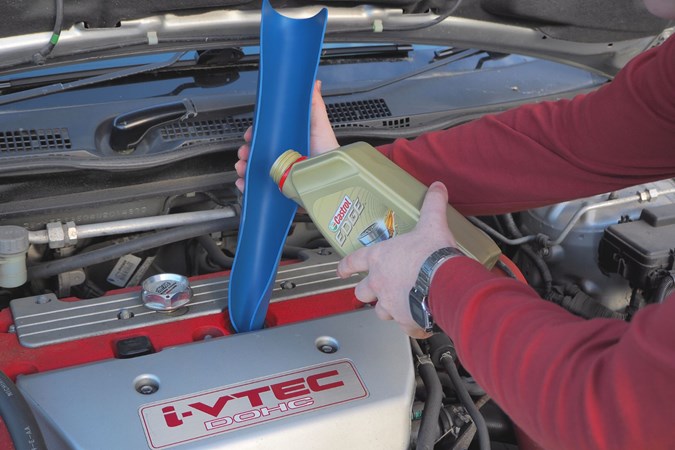
Checking and changing oil is basic car maintenance but one that is apparently overlooked more than tyres. The RAC says one in three cars that they inspect when on patrol have worryingly low oil levels. Because of that, try to check the oil level at least every couple of weeks and especially prior to a long drive.
When you do, take out the dipstick, wipe it clean then reinsert it, pull it out again and check the oil level.
To check what kind of oil you should use for your car either refer to the car’s manual. Alternatively Amazon has a useful service that allows you to search what engine is oil is right for your car by entering your registration number. So too does Autodoc and Halfords. A couple of our favourite engine oils include Castrol Edge and Mobil 1 ESP.
Coolant
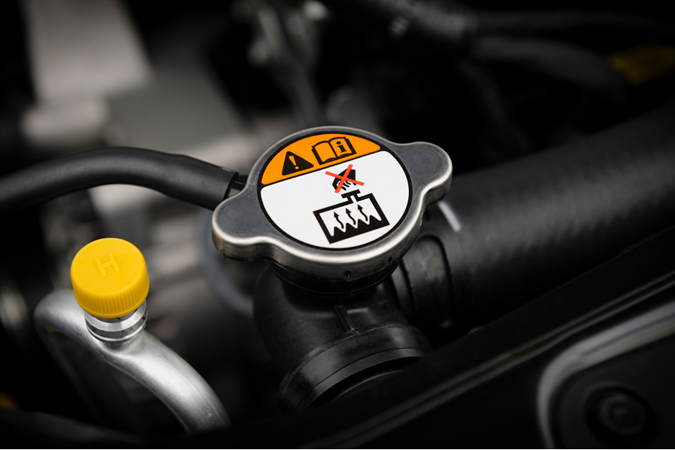
Like oil, checking your car’s coolant level doesn’t require any special tool, just your hands and eyes. If you can see the coolant level is low refer to your car’s manual about which coolant to use for topping it up. But also like the oil, Amazon, Autodoc or Halfords allows you to search appropriate coolants according to car registration numbers.
The purpose of coolant is to prevent overheating or freezing in your car’s engine and is simply antifreeze mixed with water. Coolant needs to have low viscosity (resistance to changing shape) and a high thermal capacity to be effective.
Coolant can be bought either as a ready-mix or as a concentrate, which you can dilute yourself before adding it. And when adding it, make sure it’s going into the coolant reservoir, not in washer fluid container, for example. A couple of our recommended coolants are Comma Super Longlife Red and Triple QX Red.
Washer fluid and windscreen wipers
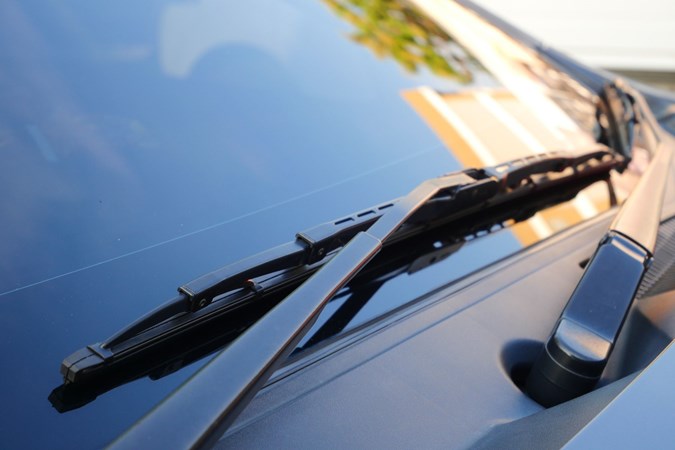
Washer fluid
In addition to the oil and coolant, washer fluid is something you’ll want to keep on your shelf in the garage. This is easier to acquire than oil because most washer fluid is universal, either as a ready-mix or a concentrate. There are plenty available, we suggest Totally Essential Screenwash Concentrate because it is effective, good value (500ml of concentrate makes up to 20 litres), and eco-friendly. A funnel is worthwhile too.
Wiper blades
With your washer fluid topped up, check the windscreen wipers are good condition. Give them a visual inspection to make sure the wiper blades are free from cracks or splits. Then test them by spraying washer fluid on the windscreen to see the wipers clear the windscreen properly.
There will come a time when they need replacing. In addition to oil and coolant, you can search what replacement wiper blade suit your car on Amazon Garage, Autodoc, or the appropriate Halfords webpage.
Old windscreen wiper blades are removed by either gently unhooking or sliding the blade from the bracket. Fitting new ones is simply the reverse of this.
Replacing windscreen wipers is such as common thing that we have written guides specifically for two popular car models: the Fiat 500 and Nissan Qashqai.
Diesel engines
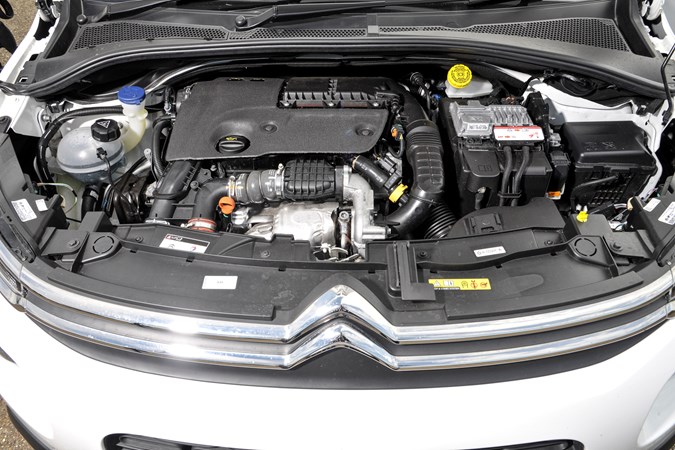
For the time being, many of us continue to use cars with diesel engines because the fuel efficiency is superb. But in order to maintain your diesel’s efficiency, you should use a few additives.
One is AdBlue. We have a full guide on AdBlue and many diesels require AdBlue to work. AdBlue helps reduce nitrogen oxide emissions that diesels are famous for emitting.
Consult your vehicle manual to find out how often you should be topping up with AdBlue because it varies. It’s helpful having some AdBlue at home ready for topping up when you need to and it can be easily purchased. Our overall suggested pick is Status Universal AdBlue. It is reasonably good value and, as the name suggests, is universal to all AdBlue vehicles.
The other additive you should consider is injector cleaner. Injector cleaner improves an older diesel engine’s efficiency, power, and cleanliness by removing carbon deposits that naturally build up in a diesel engine over time. A good option for this is STP Injector Cleaner. A 250ml bottle lasts 3000 miles and you can get a version of petrol engines too.
Headlights
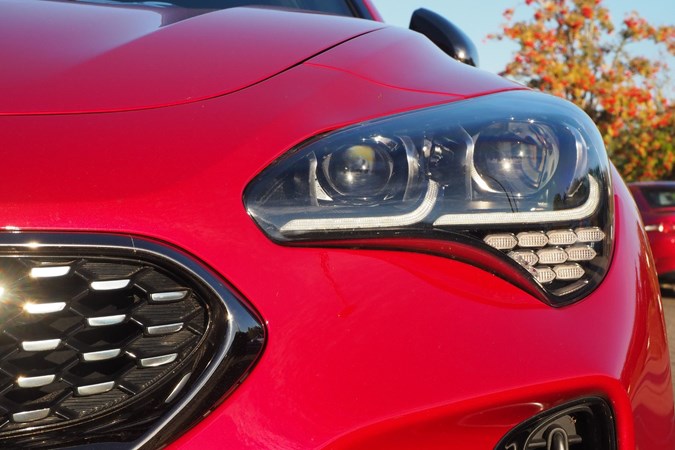
Cover restoration
There is two parts to headlight maintenance. One is caring for the plastic headlight covers that inevitably degrade over time. The other is replacing the headlight bulbs themselves.
If you’ve noticed that your headlights have become hazy or yellow, it’s time for some DIY headlight restoration. Headlights will get degraded over time, largely due to UV damage but this can be fixed easily.
A headlight restoration kit consists of sandpaper, polish, and usually a sealant. Read our full guide on how to restore headlights for all you need to know, but in a nutshell, you sand off the top layer of the headlight to remove the haze, apply a polish to make the headlight crystal clear, then add a sealant to protect your good work. Our favourite restoration kits for use with a power drill is Holts Headlight Restoration Kit. For use by hand, our favourite kit is Quixx Headlight Restoration Kit.
Bulbs
Replacing headlight bulbs depends heavily on the model of car. Cars that use the latest LED technology cannot be replaced by you and have to be done professionally. Whereas halogen bulbs (the most common) and some xenon ones can be replaced by you. Read our full guide on headlight bubs for more on this.
Halogen bulbs and some xenon bulbs are accessed by removing the plastic cover at the back of the headlight, in the engine bay. Old ones need to be carefully unclipped and new ones carefully fixed into place. It’s crucial you don’t touch the glass on the new bulbs because the oil on our skin causes the bulbs to blow.
Headlight bulbs have various fitting types as well, so this is another thing you will need to check in your car’s manual. H7 is the most common and our recommended H7 halogen bulbs are Osram Nightbreaker Lasers.
Filters
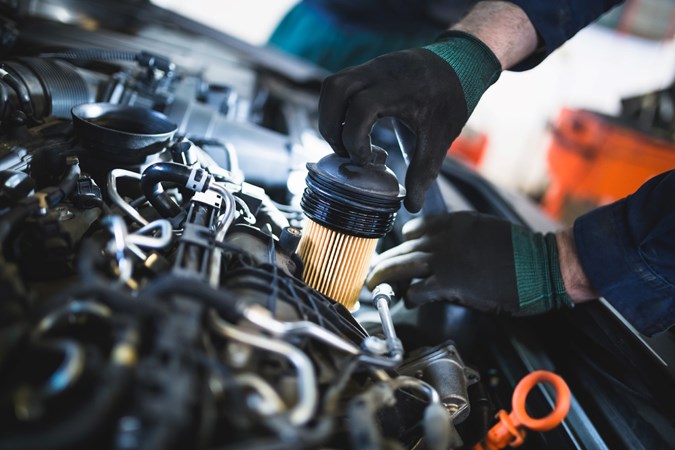
Air filters
Engine and cabin air filters need changing every so often because they get clogged up with debris that would otherwise end up inside the engine or interior.
They are both fairly easy to replace but require a bit of explaining because there are quite a few different types. Therefore, read our guide on air filters to learn about the different types of air filters, which one is best for you, and how to replace them.
Oil filters
Oil filters can be replaced at home too. These are quite good to replace for no reason other than the fact you can get oil-covered hands and feel very accomplished. Though, of course, oil filters perform a very important job of keeping the oil system free of damaging particles. Every so often they need changing.
There are different oil filters for different cars but also they’re located in different places on different cars. Some are accessed from the engine bay, some need to be accessed from underneath the car. We’ve gone into all this in depth in our ‘How to change car’s oil filter‘.
Once you know where your oil filter is (refer to your car’s manual), have a replacement (Amazon, Autodoc, Halfords), and have worked out what oil filter removal tool you need, you can replace the oil filter.
You first need to drain the oil by loosening the drainage plug and subsequently removing the oil filter. Lubricate the new filter’s gasket and put the new filter into place, then either replace the drained oil with new oil like you would normally. Refer to our oil filter guide for full, detailed instructions.
Sign up to the Parkers Newsletter to keep up to date with more of the latest reviews, news, and recommendations from the Parkers team.
Just so you know, whilst we may receive a commission or other compensation from the links on this website, we never allow this to influence product selections – read why you should trust us



